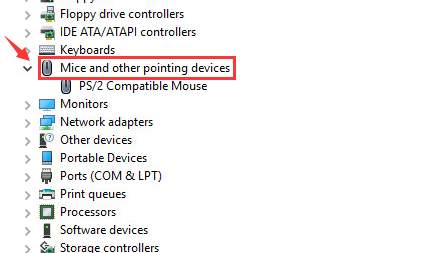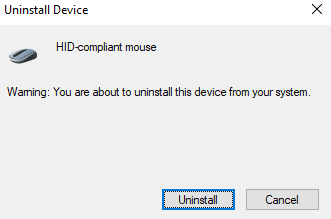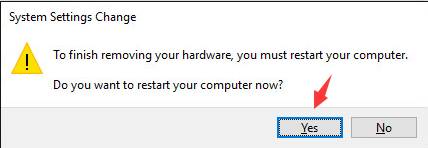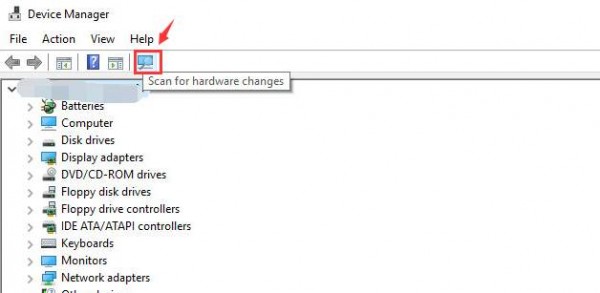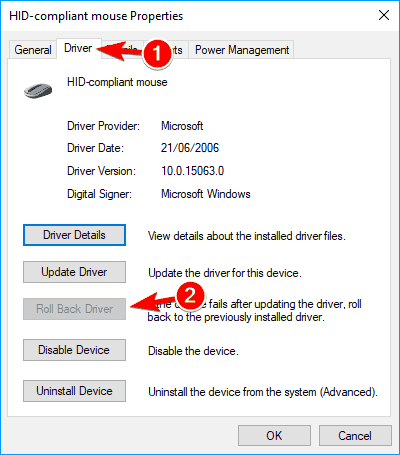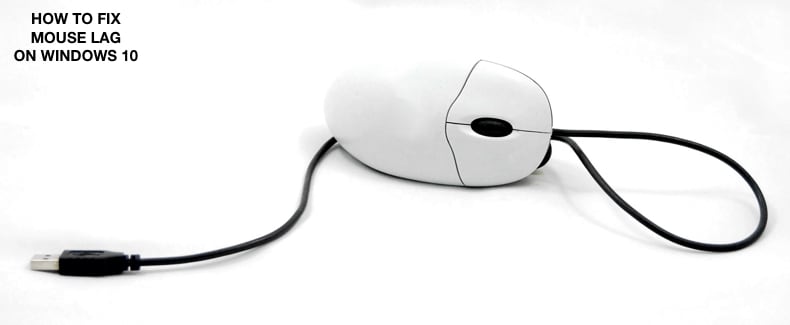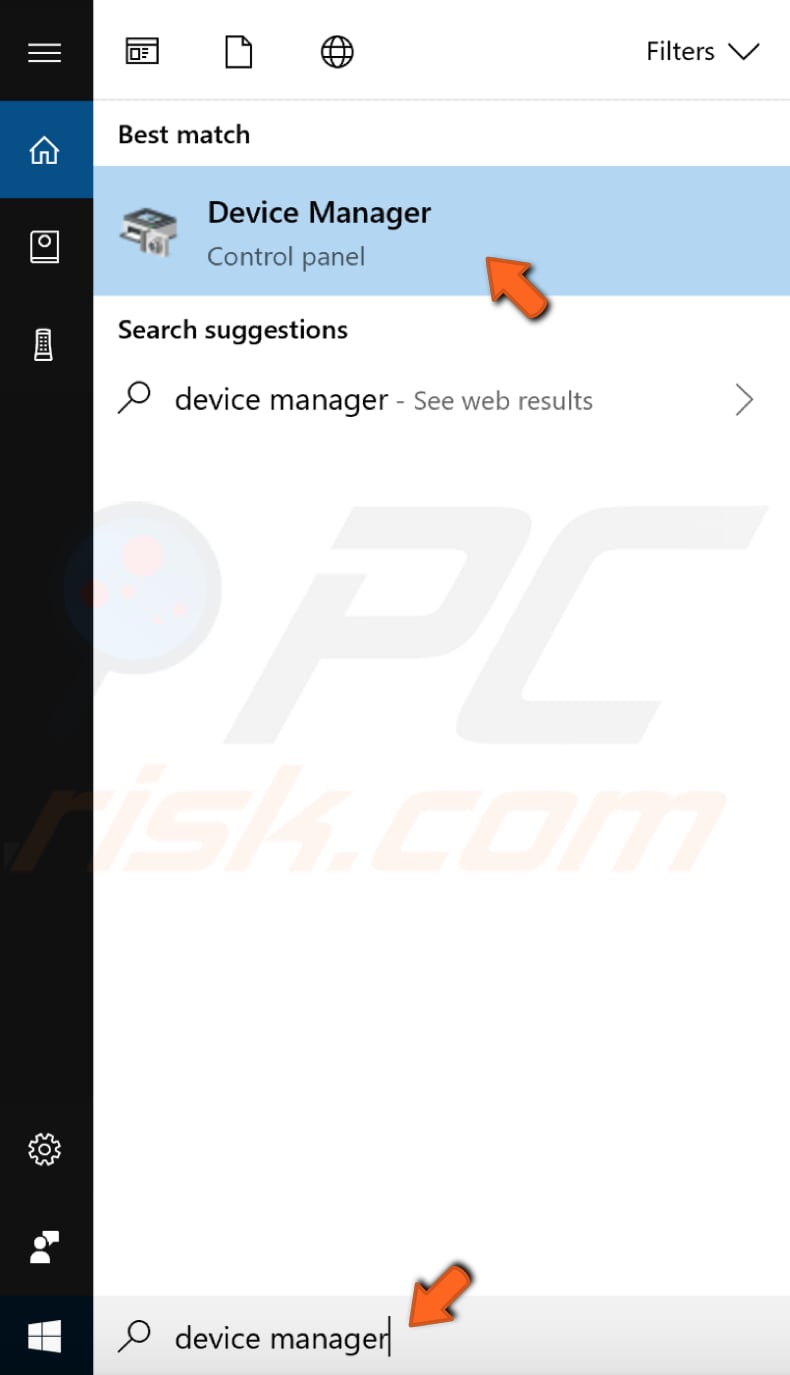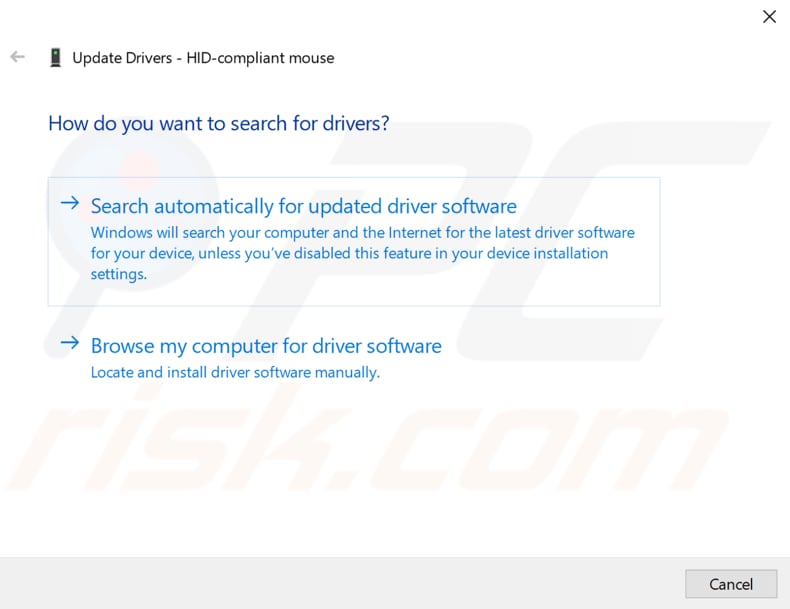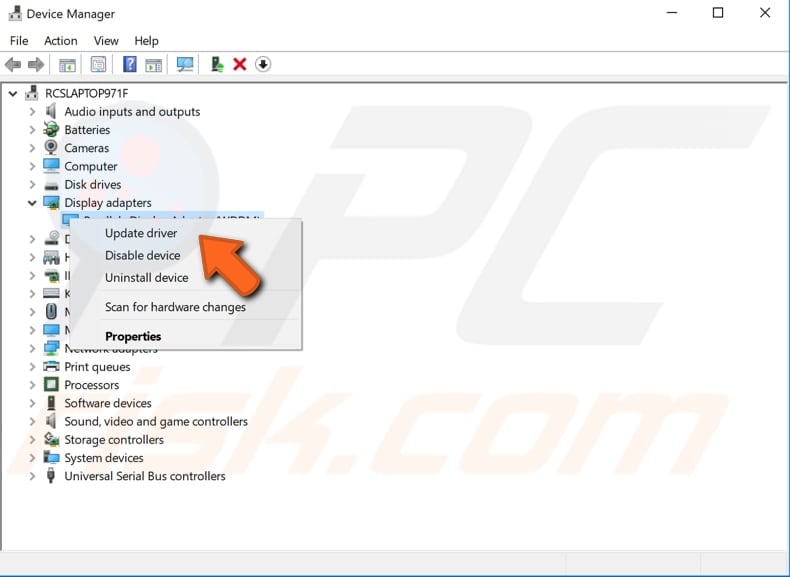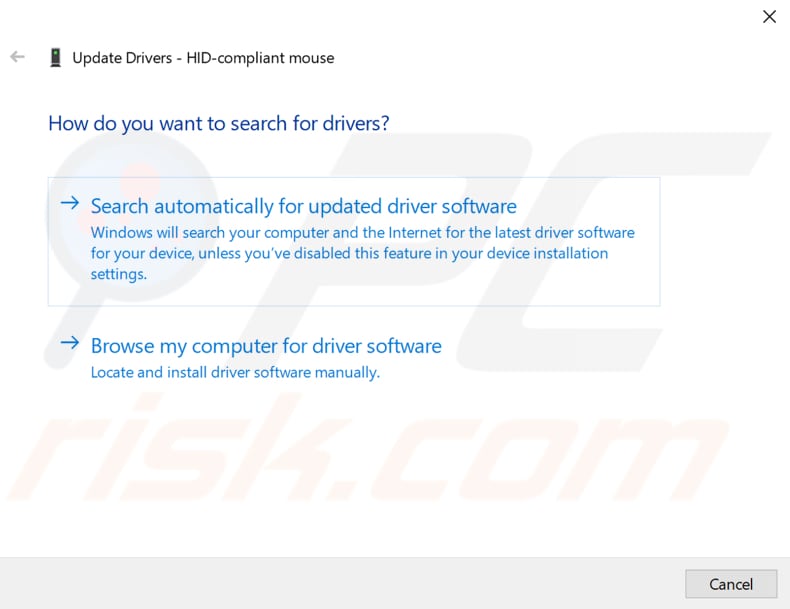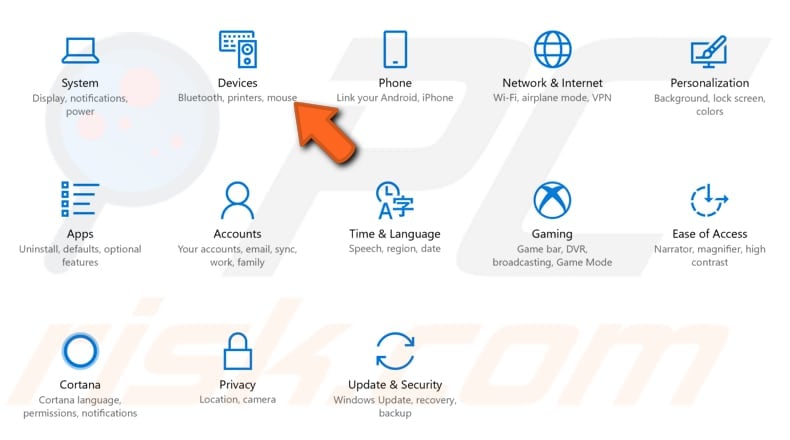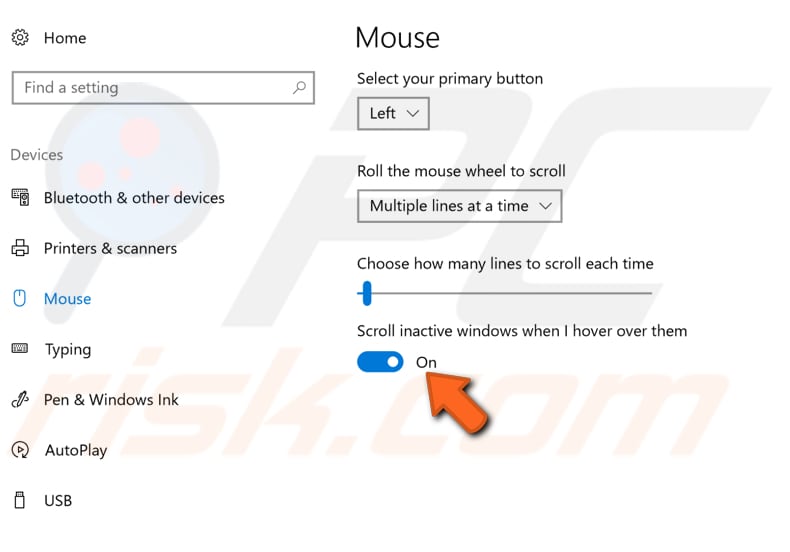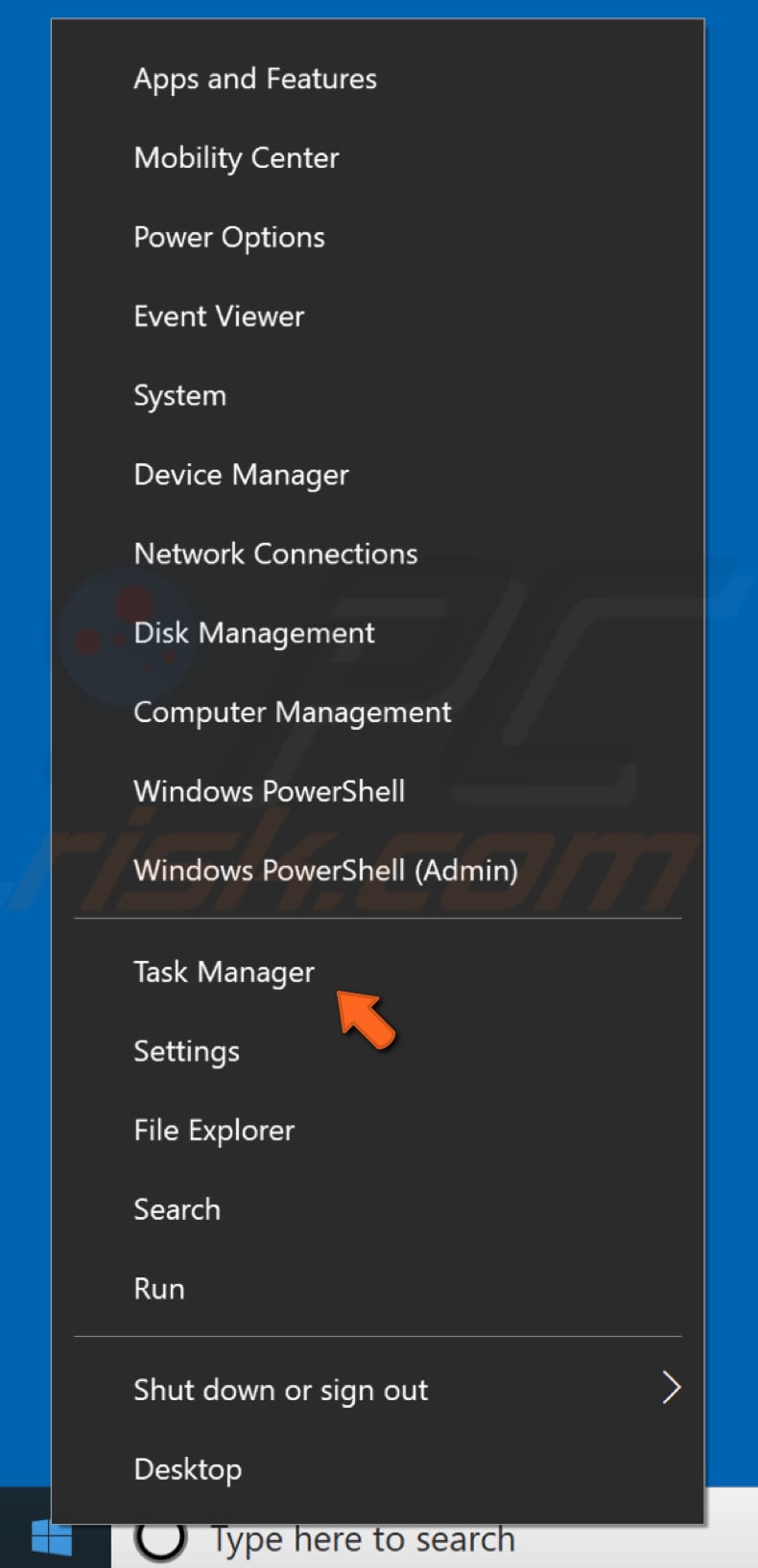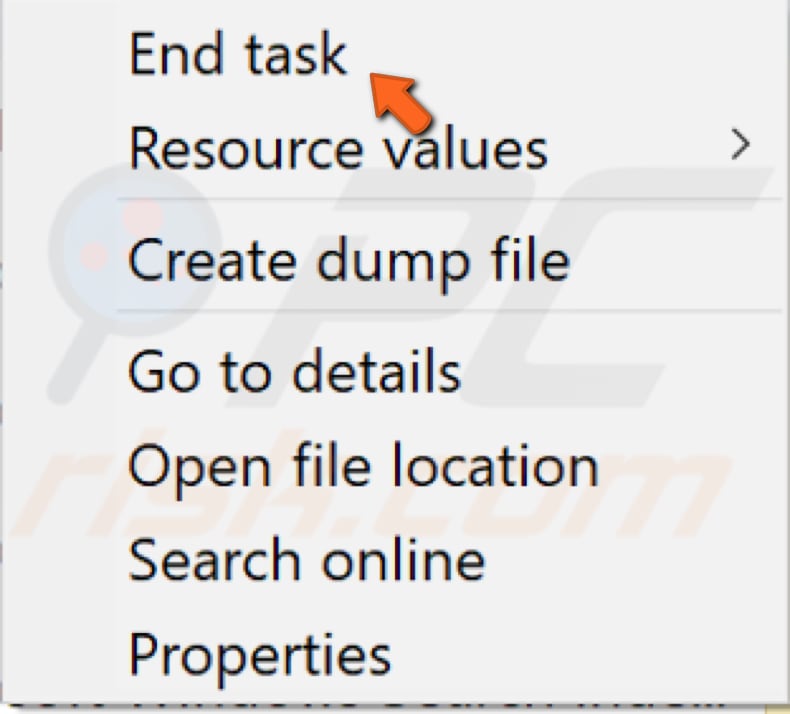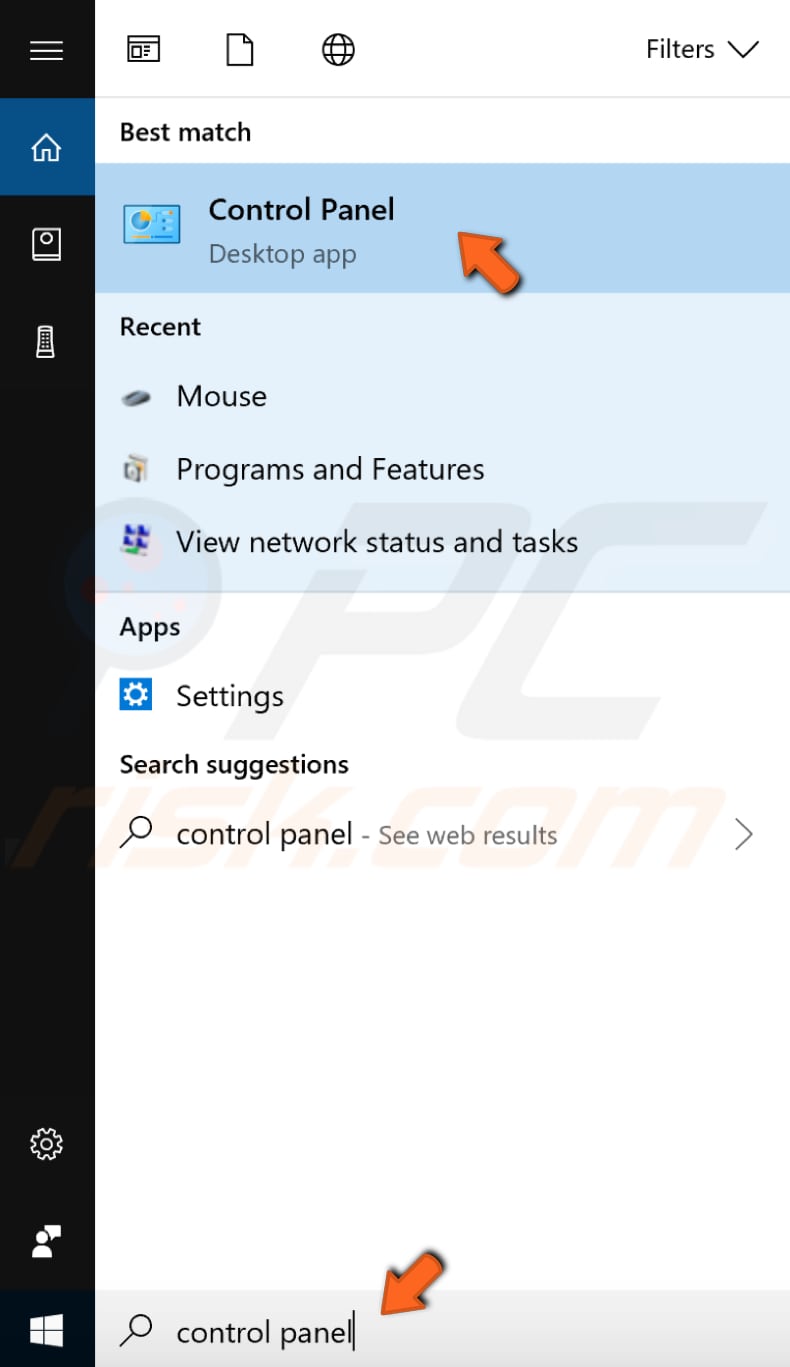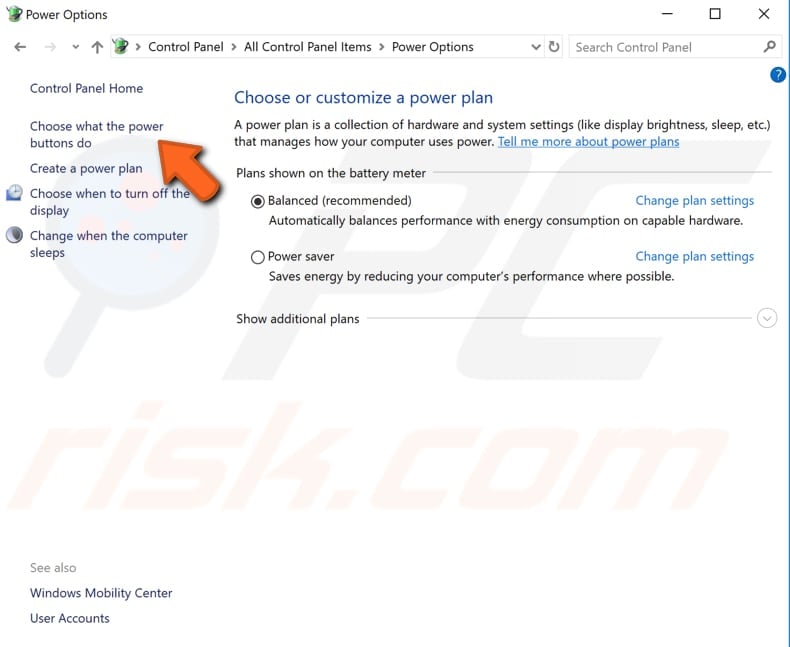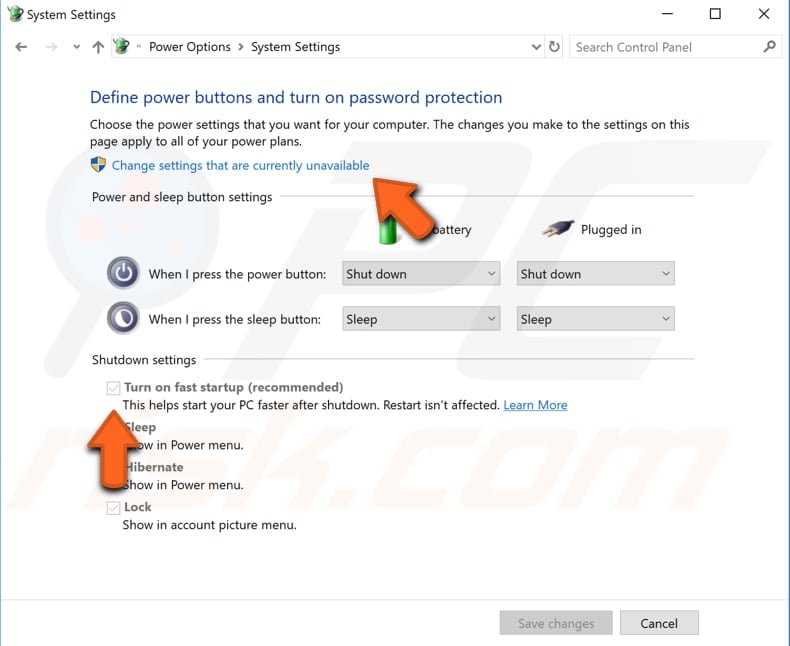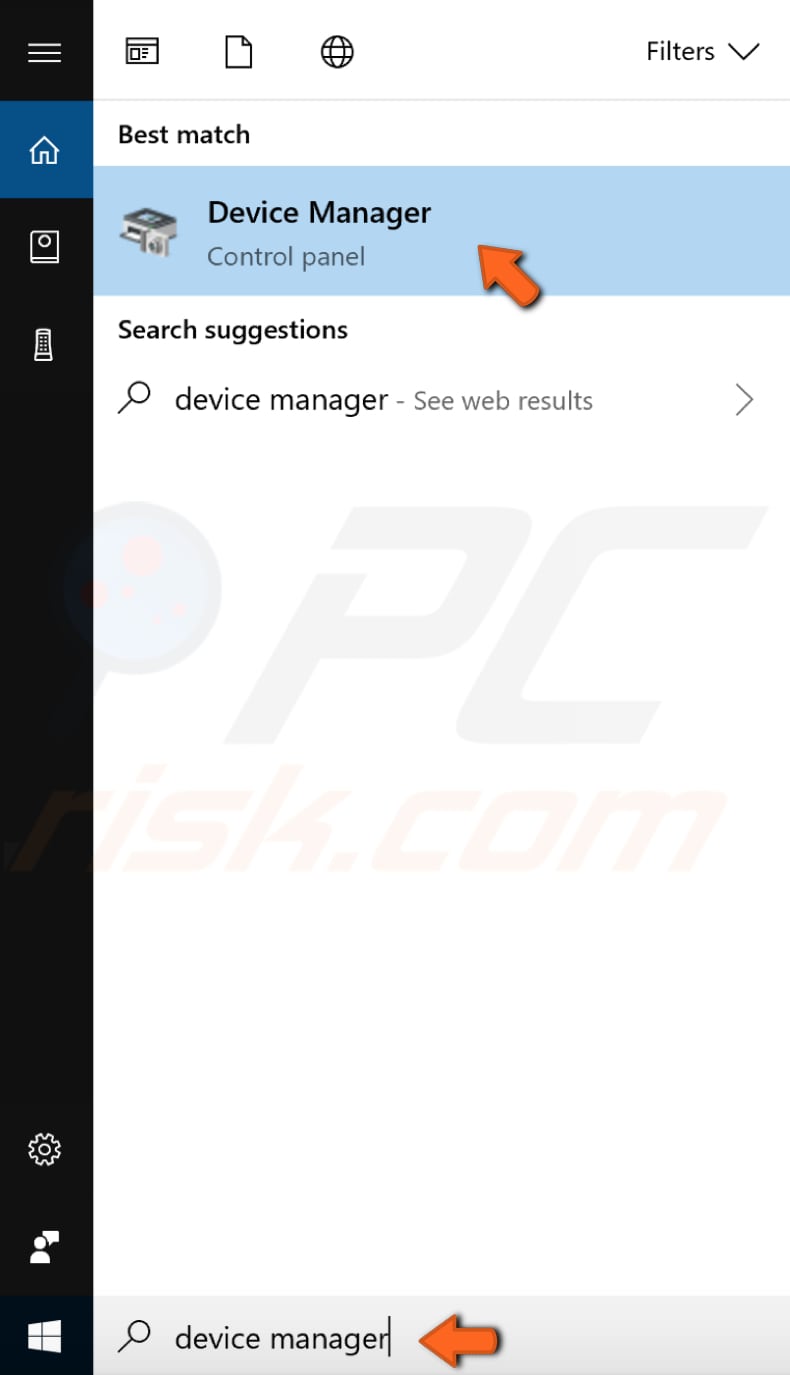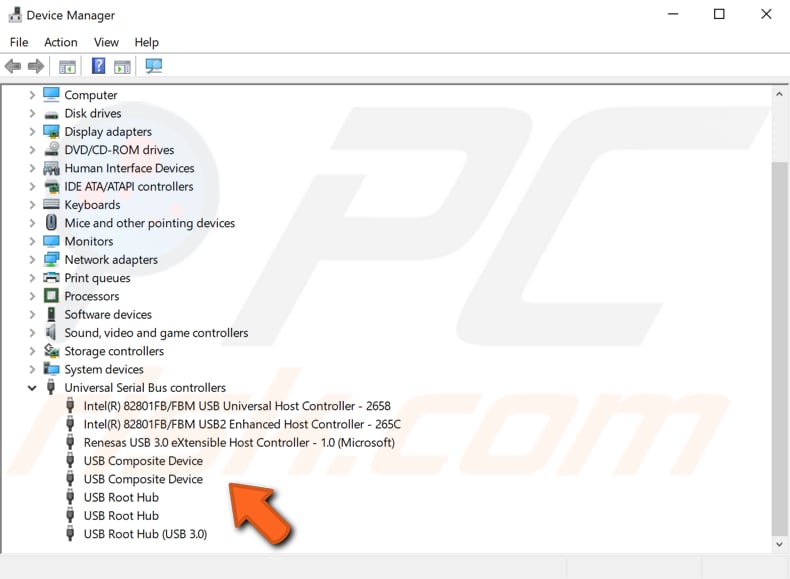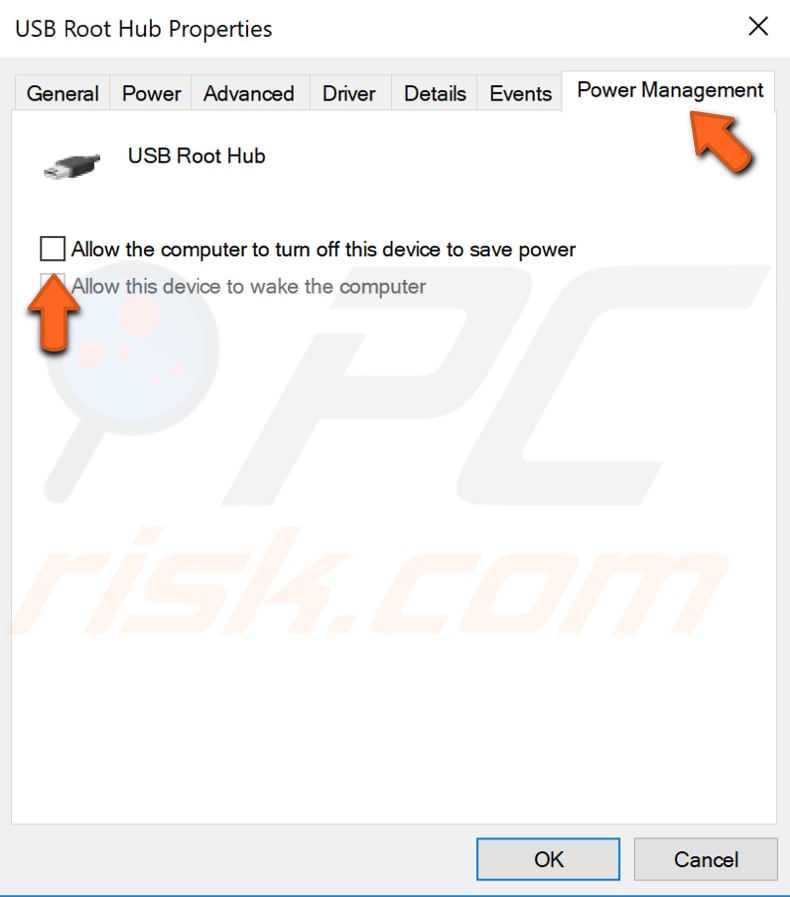- Mouse Lag in Windows 10: Fix Pointer Freezing, Lagging Issues
- Various Mouse Lag Issues on Windows 10
- Reasons for Mouse Lag on Windows 10
- 1. Software loopholes
- 2. Hardware loopholes
- 2 step determination
- How to Fix Mouse Lag Windows 10 Issue
- Software-based troubleshooting
- Method S1: Toggle Scroll Inactive Windows
- Method S2: Change cursor speed
- Method S3: Turn off Cortana
- Method S4: Reinstall Mouse drivers
- Method S5: Update/Rollback Mouse drivers
- Method S6: Update/Rollback graphics drivers
- Method S7: Uninstall any 3rd party mouse software
- Hardware-based troubleshooting
- Method H1: Check connections
- Method H2: Wireless Connectivity
- Method H3: Internal Damage
- In Conclusion
- How To Fix Mouse Lag On Windows 10?
- How To Easily Fix Mouse Lag On Windows 10?
- Reinstall/Update Your Mouse Driver
- Update Your Graphics Driver
- Disable/Enable Scroll Inactive Windows Feature
- End Realtek Audio Process
- Disable Fast Startup
- Disable Cortana
- Disconnect Other USB Devices
- Adjust Power Management Settings For USB
- Video Showing How To Fix Mouse Lag On Windows 10:
Mouse Lag in Windows 10: Fix Pointer Freezing, Lagging Issues
If your mouse pointer lags or experiences frame drops, stutters or freezes then this page will fetch you out of this issue by providing recommended solutions of Mouse lag Windows 10 problem.
While playing games or using some other programs or even in ideal conditions when no background processes are running, you feel like your mouse cursor is becoming unresponsive with respect to movement then it is called lagging, freezing or shuttering of Mouse.
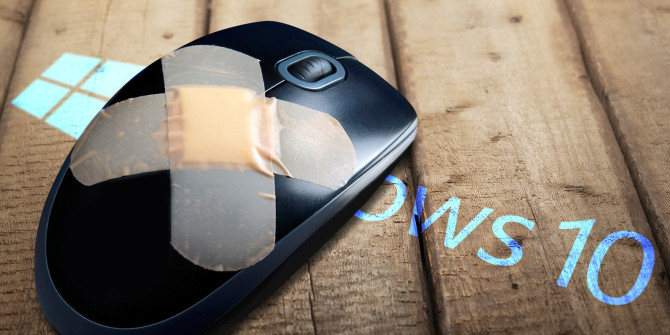
Mouse lagging is quite disgusting while casually working and especially drastic for gamers. This hindrance sometimes becomes intolerable. But don’t worry, in order to resolve this issue easily follow this Step by Step guide and you will get through.
Various Mouse Lag Issues on Windows 10
- Windows 10 mouse lags while playing games: Slow cursor speed
- Windows 10 mouse stutters: Frequent unresponsiveness for a small amount of time
- Mouse freeze Windows 10: Frequent unresponsiveness for a large amount of time
- Wireless mouse lag Windows 10: Issue in Wireless Mouse
- Mouse not moving: Permanent captivity or paralysis
Mouse lag is a serious issue that can induce irritation and performance issues. Following is a list of reasons pertaining to these issues.
Reasons for Mouse Lag on Windows 10
There are several reasons that account for this lag issue and are tightly based on two plots:
1. Software loopholes
There is a 70% chance that this issue arose at the software end. There are many subcases pertaining to this listed below:
- Lowest mouse pointer speed
- Outdated Mouse drivers
- Outdated Graphics card drivers
- Battery optimization
- Power Management issues
- Mouse and touchpad settings
- settings issue within the program
- 3rd party software issues
2. Hardware loopholes
The rest 30% accounts for hardware failure which includes following cases:
- USB not properly connected
- Wear and Tear in connections
- Improper surface used
- Issues in wireless connectivity
- Internal damage
- Low battery for wireless mouses
- Loose battery terminals for wireless mouses
2 step determination
It can be a crucial step to figure out whether the problem emerged from software end or from hardware end because determining the source node can save time by focusing over a particular category of steps. The 2 step determination can be carried out by connecting the mouse to another PC or laptop. If the mouse worked pretty well in the later then get pretty sure that it is a software-based issue in your PC. If the mouse didn’t work properly in the later then the mouse hardware accounts for this problem of lagging.
How to Fix Mouse Lag Windows 10 Issue
After determining the source of error its time to rectify it by using following methods. Follow the methods to Fix Mouse Lagging problems in your Window PC.
Software-based troubleshooting
These troubleshooting methods are purely software based. Before performing these methods, ensure that the mouse is not damaged in any way.
Method S1: Toggle Scroll Inactive Windows
Users repeatedly reported toggling Scroll Inactive Windows option several times resolves this issue. Follow the procedure below:
- In the search bar, type Mouse Settings and open it.
- Find the Scroll Inactive Windows option and toggle it.
- Try toggling it for a few times and see if the issue resolves.
Method S2: Change cursor speed
Low mouse speed can mislead anyone into a false interpretation of mouse being laggy and unresponsive so check mouse speed by following these steps:
- In the search bar, type Mouse Settings and open it.
- Find the Additional Mouse Settings option and tap on it.
- Switch to Pointer Options Tab and under motion adjust mouse speed followed by checking the Enhance precision check box.
- Finally, click Apply to save changes and tap OK.
This will increase the mouse pointer speed and clear any misconceptions regarding mouse speed with lagging.
Method S3: Turn off Cortana
This seems an irrelevant solution to the mouse problem but many users repeatedly reported that turning off Cortana fixes the lag.
Method S4: Reinstall Mouse drivers
Reinstalling Mouse drivers restores the mouse functioning to previously stable state. This can be done by:
- Press Windows Key + X and select Device Manager from the list.
- Find Mice and other pointing devices and click to expand names of the mouse connected.
- Right-click on your mouse name in the list and select Uninstall Device.
- Press Enter to confirm.
- For the Prompt popping to Restart your computer, Select No.
- Through your keyboard, Goto toolbar of Device manager and Hit the F5 key and it will start Scan Hardware Changes.
- Windows will guide you through the installation of Mouse drivers.
This one is surely gonna resolve the Mouse lag windows 10 issue.
Method S5: Update/Rollback Mouse drivers
Keeping the drivers up to date ensures stable functioning of the hardware device with the software. Thus, to update mouse drivers follow the steps in method s4 til step 2 and next:
- Right-click your mouse name in the list and select Update Drivers.
- Select Search automatically for Updated driver software.
- Windows will automatically select the latest drivers (if available) and update them.
NOTE: Alternatively, you can select the rollback option just below the updating one to rollback your drivers to previous stable state.
This will resolve lagging, freezing and stuttering issues.
Method S6: Update/Rollback graphics drivers
A similar approach is carried out for updating graphics drivers in the Display Adapter condensation of Device Management window.
Method S7: Uninstall any 3rd party mouse software
There are many III party mouse software available which comes pre-installed in the system. These software helps to provide utility options like zooming, panning, opening an app directly through touchpad without pressing keyboard keys. These software sometimes can get corrupt or mishave to introduce a Lag in the mouse. Try uninstalling these software and check if the issue still exists.
Hardware-based troubleshooting
Method H1: Check connections
When the USB connector is not fit correctly into the port, it is pretty obvious that the mouse will not work properly. Check if the USB connector is intact and the Port is working properly. Try changing USB ports to determine if its the port or USB that has malfunctioned.
The malfunctioned port can also be determined from Device management list as it displays a yellow exclamatory mark in front of the malfunctioned port. Along with the port and connectors, check for that wear and tear in wires too.
Method H2: Wireless Connectivity
See if the mouse is in proper range or not. Issues with the Wireless Reciever can cause frequent freezing. The lag, freeze, and stutter can also be an effect of an exhausted battery of wireless Mouse and its loose battery terminals for connecting the battery too. Try Replacing the battery and check if the terminals are properly intact.
Method H3: Internal Damage
There is a huge possibility of the mouse getting damaged internally due to falling from a height or other several reasons that concludes damage. The internal circuitry of the mouse can get damaged and cause the Lagging issue or permanent failure as well. Replace Your Mouse with a new one.
In Conclusion
After these simply sorted troubleshooting methods, the issue must have been resolved. If there still exists some doubts and the problem still exists feel free to ask in the comments section below.
How To Fix Mouse Lag On Windows 10?
How To Easily Fix Mouse Lag On Windows 10?
Computers can suffer slow response or ‘lag’, a term commonly used in online gaming. In general, lag is the time difference between initiating a task and the action or result. For example, it might refer to a delay that occurs between the time a key is pressed on the keyboard and the time that the corresponding character appears on the screen. This is one simple example, but there are many other situations where lag might be a problem.
Working with computers can be stressful enough without having to deal with mouse and keyboard lag. Poor computer performance can quickly lead to diminished overall work output, so removing mouse and keyboard issues will greatly improve efficiency. The most likely reasons could be interference from certain hardware or software, Windows settings, or types of peripherals used. Windows 10 mouse lags can appear during mouse cursor scrolling with a wireless Bluetooth mouse or trackpad on Windows 10 laptop or desktop computers. If you experience Windows 10 lag problems with your mouse (the cursor stutters, freezes, or does not move at all), read the guide below to find a possible solution.
Table of Contents:
It is recommended to run a free scan with Malwarebytes — a tool to detect malware and fix computer errors. You will need to purchase the full version to remove infections and eliminate computer errors. Free trial available.
Reinstall/Update Your Mouse Driver
A device driver is software that informs the operating system and other software how to interact with particular hardware. It is like a translator between software and hardware, since they often are created by different manufacturers, companies, or people. The driver facilitates smooth communication between hardware and software. In most cases, computers are unable to send and receive data correctly without drivers. If the appropriate driver is not installed, the device might not function properly, if at all. A fault with your mouse driver might cause problems with lag. Try your mouse on another computer to see if you can repeat the problem. If not, then you probably have a faulty driver and that requires re-installation. To do so, type «device manager» in Search and click the «Device Manager» result to open it.
In Device Manager, find «Mice and other pointing devices», expand it and right-click on your mouse, select «Uninstall» from the drop-down menu to uninstall it. Restart the computer and Windows will automatically install the missing driver.
You can also try updating your mouse driver. Repeat the steps and select «Update driver» from the drop-down menu when right-clicked on your mouse in the Device Manager window. You will be asked if you want to search for updated driver software automatically or to browse your computer for driver software. If you select the first option, Windows will search your computer and the Internet for the latest driver software for your device. If you select to browse your computer for driver software, you will need to have the correct driver on your computer or USB drive. You can find the driver on your mouse manufacturer’s website.
Another way to update or install a new driver for your mouse is by using third-party software such as Snappy Driver Installer. You will need a computer with a working internet connection in order to download it.
Snappy Driver Installer (SDI) is a powerful free driver updater tool for Windows that can store its entire collection of drivers offline. Having offline drivers gives Snappy Driver Installer the ability to have access to fast driver updates, even if there is no active internet connection. Snappy Driver works with both 32-bit and 64-bit versions of Windows 10, Windows 8, Windows 7, Windows Vista, and Windows XP. Drivers are downloaded through Snappy Driver Installer in what are called driverpacks, which are just collections (packs) of drivers for various hardware like sound devices, video cards, network adapters etc. It can also show duplicate drivers and invalid drivers and it separates the updates that require you to restart your computer so it would be easier to distinguish them from the rest. You can download Snappy Driver Installer from here.

Update Your Graphics Driver
To update the graphic driver through Windows, go to Device Manager (as described in the method above). In the Device Manager window, expand «Display adapters» (or click the arrow showing right). Right-click the graphics driver and select «Update driver».
Windows will ask you how you want to search for drivers. Click «Search automatically for updated driver software». Windows will find and install drivers for you. Alternatively, you can choose to browse your computer for driver software — you will need to have the correct driver on your computer or USB drive. You can find it on your graphics card manufacturer’s website.
To update your graphics driver, use you can also use Snappy Driver Installer. You can find the link for the described method above. Or, you can read full article about how to update your video drivers on Windows 10 here.
Disable/Enable Scroll Inactive Windows Feature
One of the native features of Windows 10 is the ability to scroll inactive windows by simply hovering over such a window with the mouse pointer and then using the mouse wheel. The contents of the inactive window will be scrolled. For example, if you have an inactive Notepad window containing text, that text will be scrolled. The focus will not change and remain in the current active window. Disabling this feature (and re-enabling, if needed) might help to fix the mouse lag issue. To disable/enable this feature go to Settings and click «Devices».
In Devices settings, click «Mouse» (or «Mouse & touchpad») on the left pane and then try disabling and enabling the «Scroll inactive windows when I hover them» feature a few times and check if the issue is resolved.
If you are using a laptop, try setting your touchpad to «No delay (always on)» — you will find this option under the «Touchpad» section.
End Realtek Audio Process
It is possible that your Realtek audio card (or other audio card) might interfere with your mouse and cause the lag issue. To fix this problem, you need to terminate the Realtek audio process in Task Manager. Right-click on Start and click «Task Manager» to open it.
In Task Manager, find «Realtek audio.exe» under the «Processes» tab and right-click it. Select «End task» from the drop-down menu to end the process.
This issue can also be caused by Realtek Audio Manager. In some cases, this application starts automatically with Windows and causes the problem to occur. To fix the issue, open Task Manager again and disable Realtek Audio Manager in the Startup tab. In the Task Manager window, click «Startup» tab and try to locate Realtek Audio Manager. If it appears, select it by clicking it, and then click «Disable» to disable it from launching on Windows startup.
Disable Fast Startup
Fast startup is a feature on Windows 10 (and also Windows 8) that provides a faster boot time when starting up your computer. It is a useful feature and one that most people use without knowing, however, some people disable it immediately when they receive a new computer with the Windows operating system. With the fast startup feature enabled, shutting down your computer might seem like you are completely shutting it down, but this is not entirely true, since it moves into a state between hibernation and shutdown. Leaving fast startup enabled should not harm your PC, since it is a Windows feature, but this could be the reason why the mouse is lagging. To fix the problem, you could disable this feature to see if it helps. To disable this feature, go to Search and type «control panel». Click on the «Control Panel» result to open it.
In Control Panel, set «View by:» to «Small icons», find «Power options» and click it.
In the Power Options window, click «Choose what the power button does».
Click on «Change settings that are currently unavailable» and then uncheck the «Turn on fast startup (recommended)» option if it is enabled. Click «Save changes» to save the changes made. Your mouse should start working normally again.
Disable Cortana
Cortana is a virtual assistant created by Microsoft. Disabling it might resolve the problem with mouse lag. To disable Cortana, open it and go to Settings in the top left corner. In Settings, find the «Cortana can give you suggestions, ideas, reminders, alerts and more» option and set it to «Off». Check if this helps to resolve the issue.
Disconnect Other USB Devices
Another solution that might help is to disconnect any other devices from USB ports. Often, other USB devices can interfere with the mouse and cause a lag issue. Try to disconnect your portable hard drive from the USB port if there is one connected (you do not need to disconnect your keyboard).
There are different USB port types. For example USB 2.0 and USB 1.0 differ in the data transfer rate they are capable of. The maximum speed that USB 1.0 devices can achieve is 12Mbps, while 2.0 devices can theoretically achieve up to 40 times more. If you are using a wireless mouse, try connecting its receiver to the USB 2.0 port.
Adjust Power Management Settings For USB
Type «device manager» in Search and click the «Device Manager» result to open it.
In Device Manager, find «Universal Serial Bus controllers» and expand it. Double-click the USB Hub device to open its properties.
In the USB Hub device properties window, click the «Power Management» tab and uncheck the «Allow the computer to turn off this device to save power» checkbox. Repeat these steps for all USB Hub devices your computer. After completing these steps, your mouse should work properly and without any lag.
We hope that one of these solutions helped you to fix the mouse lag issue on your Windows PC and that your mouse is now working properly.
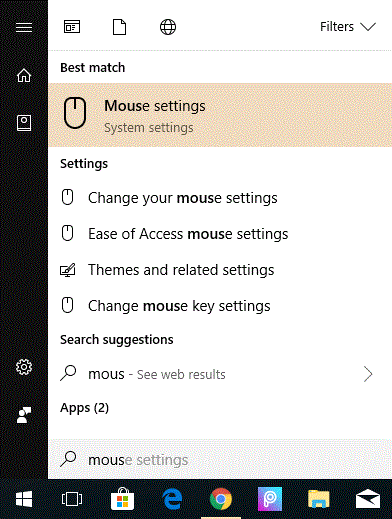
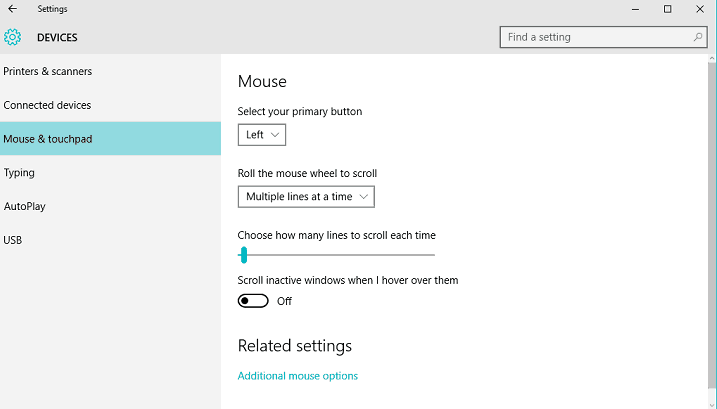
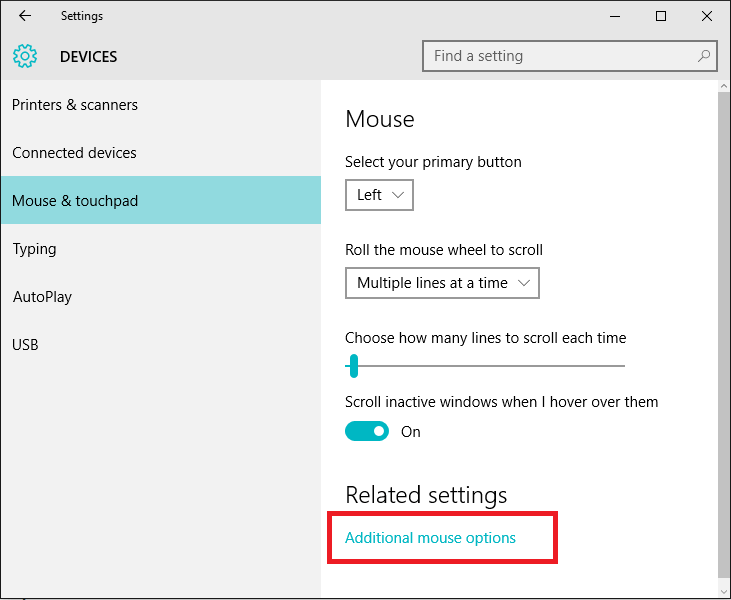
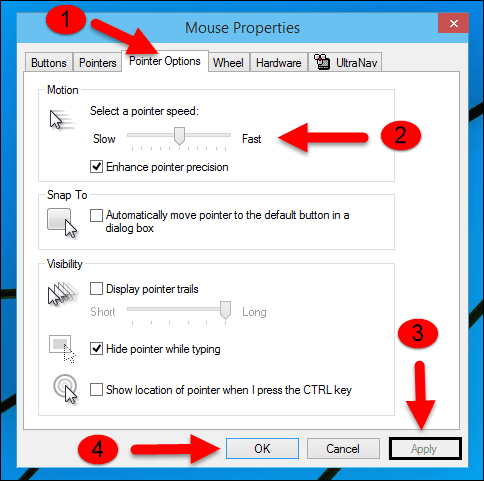 This will increase the mouse pointer speed and clear any misconceptions regarding mouse speed with lagging.
This will increase the mouse pointer speed and clear any misconceptions regarding mouse speed with lagging.
